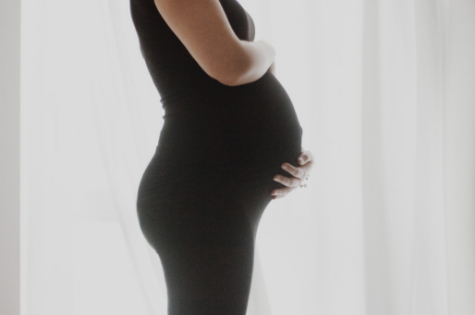There are two ways that a baby can enter the world; vaginal birth and a caesarean section. However, the main goal of both of the delivery methods ensures that the baby is delivered safely.
But which one is the better means of delivery? Although there is no truly better means, there are times when either of the two delivery methods are warranted.
What is a caesarean section?
A cesarean section, also known as a C-section, is a surgical operation used to deliver babies. The baby is taken right out of a woman’s abdomen. About one in three women have babies through this delivery method. While some women plan on this type of delivery, it’s mostly done if there are risks involved with a vaginal birth.
Here are some other reasons a C-section is performed:
-
The mother suffers from other health problems
-
The mother is carrying multiple children
-
The baby is too large
-
The baby is in breech position
-
The baby is in poor health
-
The labor is not progressing
What are the risks of a C-Section?
As with any kind of surgical procedure, there are risks involved. Not to mention, there may also specific possible complications as well.
Here is a list of the risks that are involved with a C-Section:
-
Breathing issues
-
Infections
-
Blood clots
-
Injury to internal organs
-
Increased risk of problems for future pregnancies
For those considering a C-section, it’s important to discuss with your doctor about any pre-existing health issues or allergies you may have.
What is vaginal birth?
As the name applies, vaginal birth is when a baby is pushed out of a woman’s uterus and vagina. In some cases this is not recommended due to STDs, placenta previa, or if you have diabetes or high blood pressure.
There are three stages during vaginal birth:
-
Stage One: Labor - The labor process is divided into three stages itself; early, active and transitional. Many women don’t even notice the first phase. In fact, the intensity and timing of the contractions help you notice what phase of labor that you’re in.
-
Stage Two: Delivery - At this stage, the woman’s cervix dilates up to 10 cm. Once that happens, the woman is completely dilated and it's time to finally push the baby out.
-
Stage Three: Placenta Delivery - Even though the worst part is out of the way, you’ll still have to deal with contractions after the baby is delivered. The reason for these contractions is because the placenta is being delivered.
-
After all three stages are done, the doctor will examine the woman’s uterus to make sure is intact and without areas of bleeding.
Unless there is a serious complication or stall in labor, how your baby is delivered ultimately up to you. Weigh the pros and cons of each type of delivery and speak to your obstetrician prior to the onset of labor.
Author Bio: Paige Jirsa- I work with https://stdtestingfacilities.com/, which provides users same day STD testing in a discrete and proficient manner.








 Agree (0)
Agree (0) Disagree (
Disagree (









__small.png)










